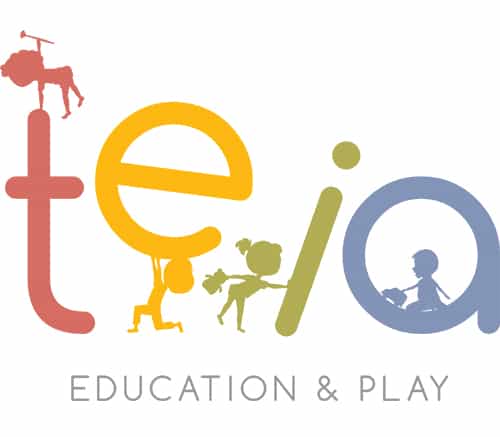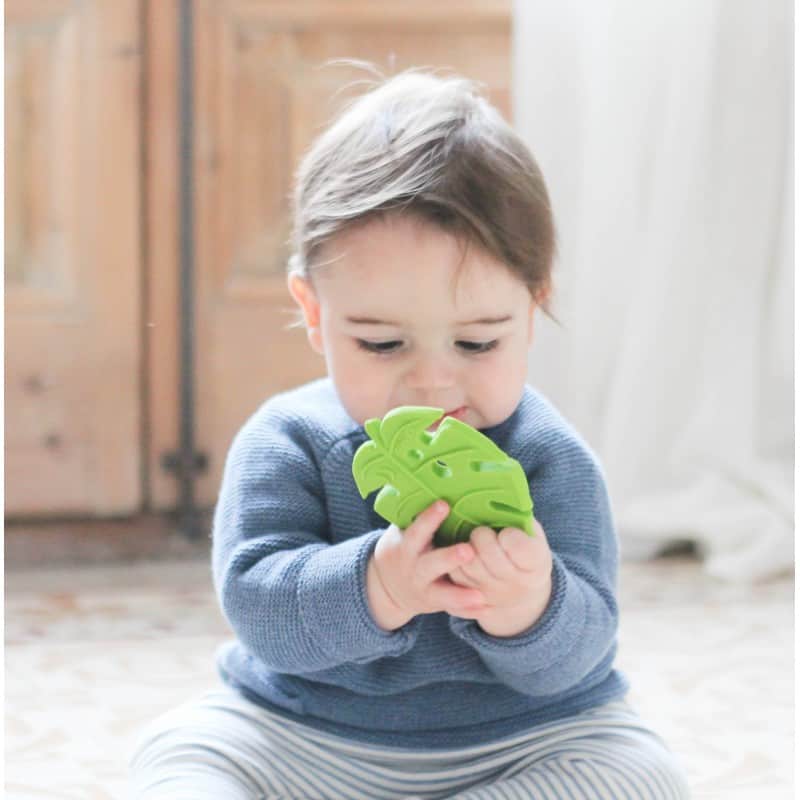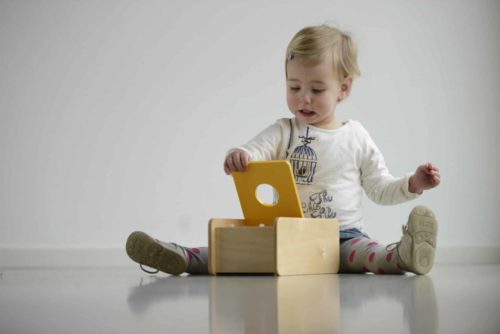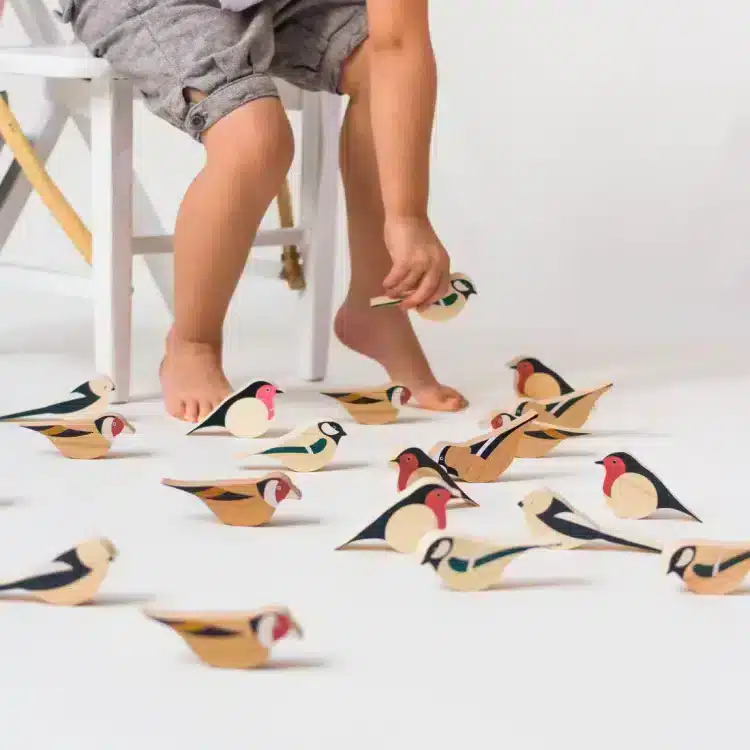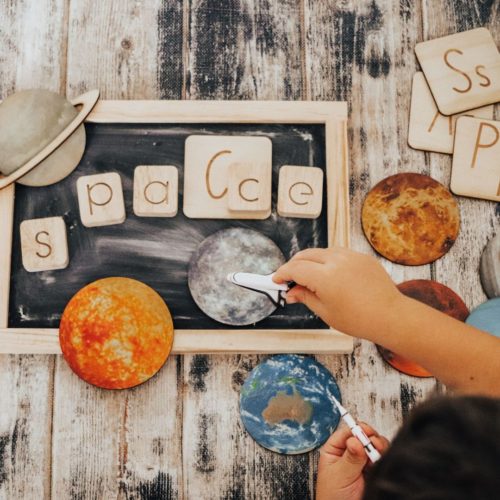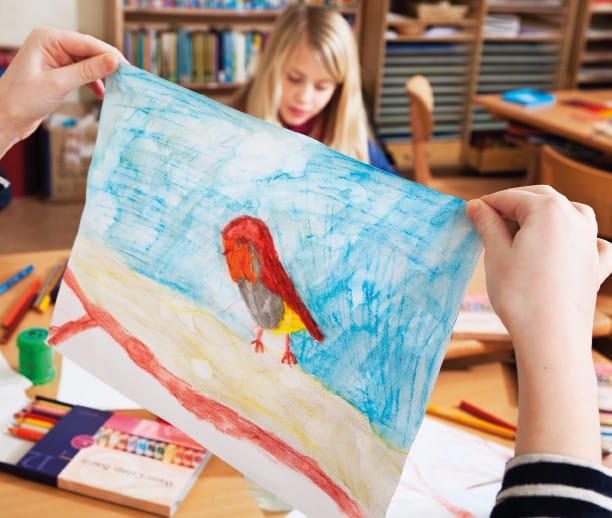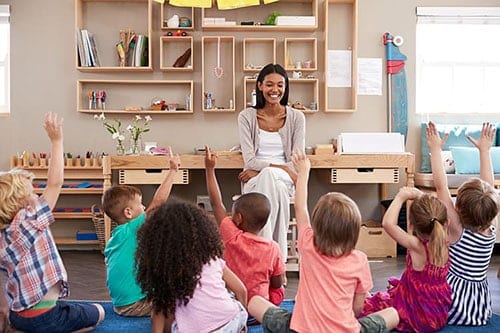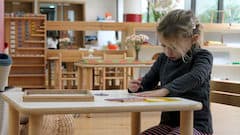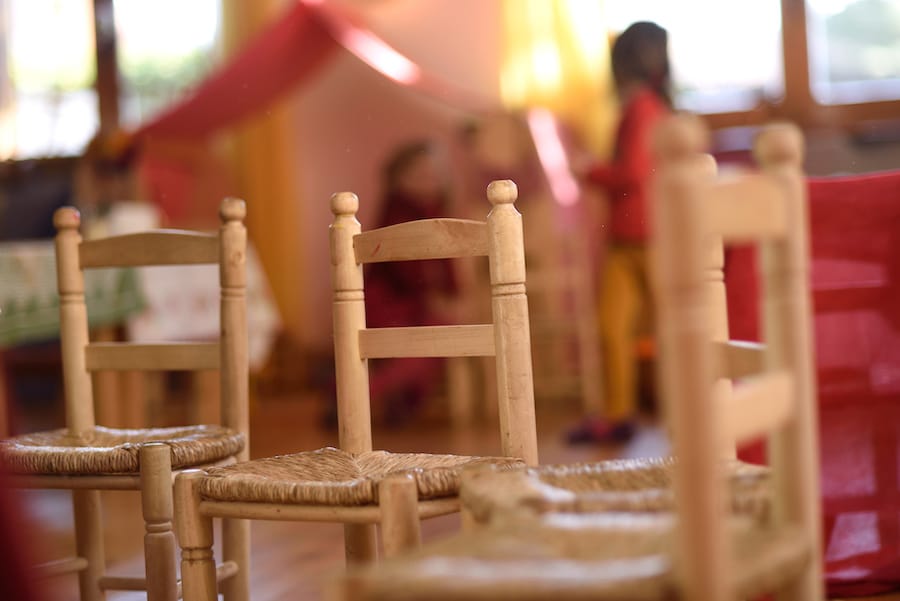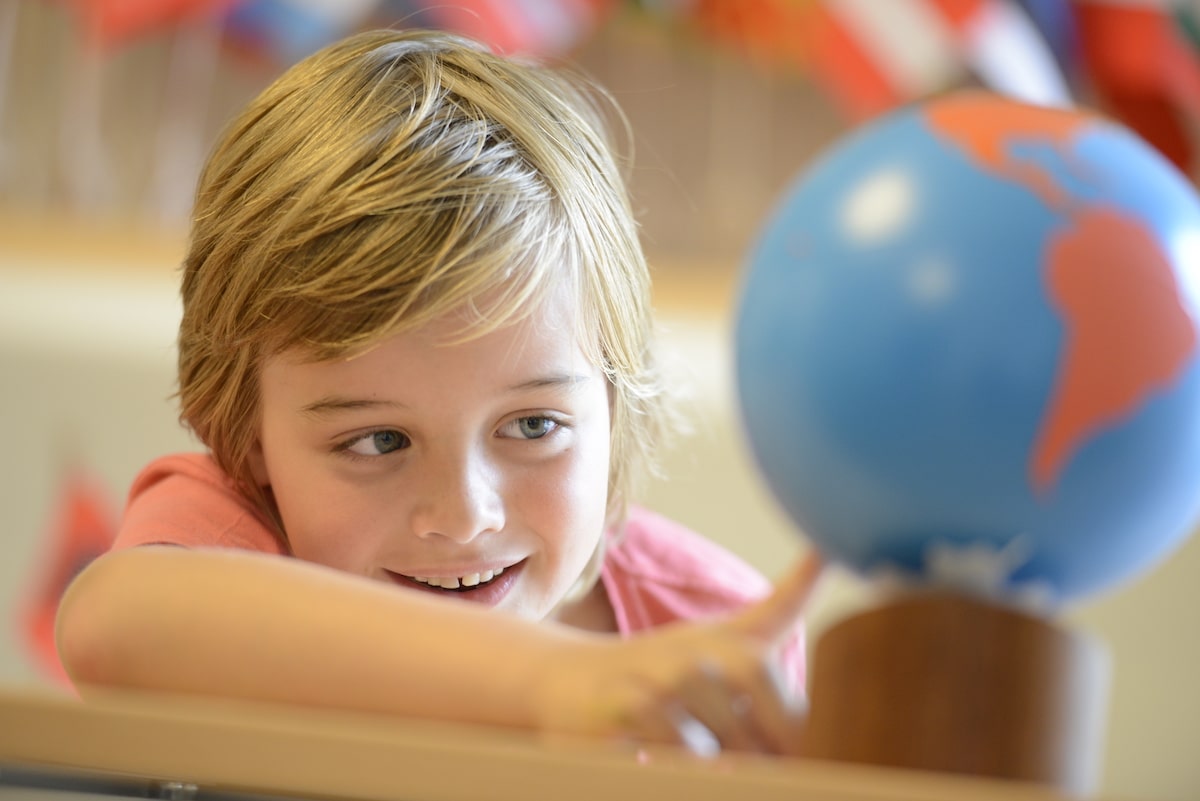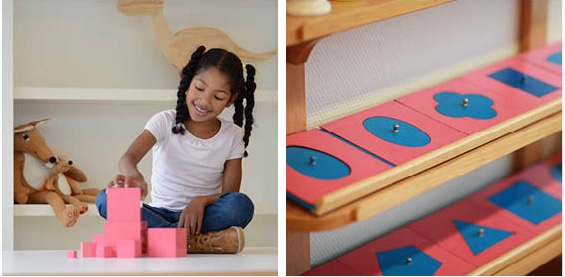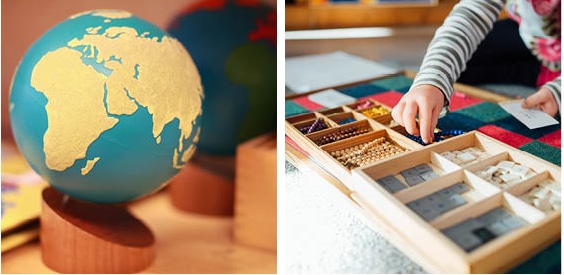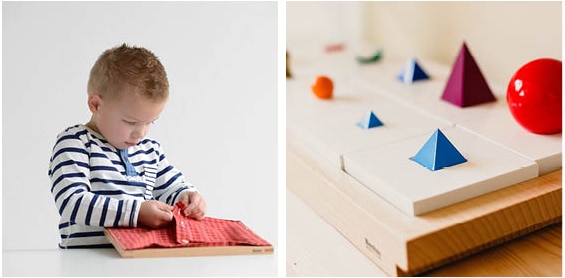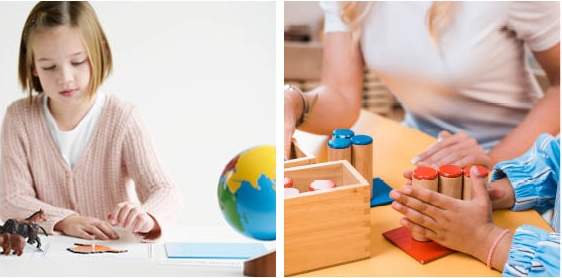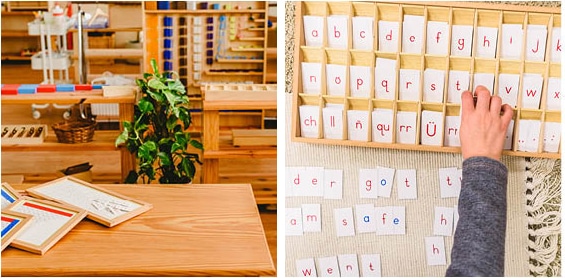Education at home, Education Methods
Exploring common Montessori myths and misconceptions
Over the years we have come across lots of common myths and misconceptions surrounding the Montessori method of learning, as well as frequent questions regarding what makes a toy or educational resource ‘Montessori’ and what to look out for when selecting your learning materials. So, we thought we would take this opportunity to address some of those myths and misconceptions. For example, the most common question ‘is Montessori expensive? We hope this article helps address your queries, so here goes….
Montessori learning materials and toys are expensive
The quick answer is ‘yes.’ Montessori materials are overall more expensive but there are a number of reasons why this is the case: certified Montessori materials are not mass-produced in factories in China unlike many mainstream toys and entertaining products you would expect to find in a traditional toy shop made by well-known commercial brands. They are hand-crafted taking time, effort and great care. Materials are often derived from wood or natural materials. On the whole, Montessori toys and AMI certified Montessori materials are more expensive but they are built to last a long time and can be passed down from generation to generation.
Also implementing the Montessori method does not have to be expensive and break the bank. There are many inexpensive ways to create Montessori learning materials. For example, the subject of ‘Practical Life’ can be covered by using everyday items found around the house, in the garden or out and about in the world around us if budget is a driving force for you.
Plastic toys break more easily than wood and are highly unlikely to last a lifetime, unlike wooden toys that are handed down to the next generations. Plastic ends up in landfills and damages the environment along with the batteries often required to power them. When you add up the cost of a toy and compare it to the length of time it lasts over a lifetime the cost in monetary terms coupled with the effect on the environment far outweighs the cost barrier.
Montessori is only for the wealthy
One of the most common myths is that many people believe that the Montessori method of teaching is only for the more affluent members of our society, particularly when it comes to selecting an educational setting for our little ones when they reach school age.
Historically, schools that specialise in the teachings of Maria Montessori have been more expensive due to the high-quality teaching materials as well as the specific furniture required in the learning environments plus the cost of having highly trained accredited and qualified teachers. Montessori teaching involves very specialised “guide training” which is completely different to traditional teacher training programmes.
It’s important to note that Montessori schools come in all shapes and sizes including a home learning environment a small ‘in-home’ class for a handful of children run by a well-trained, accredited Montessori practitioner, a Montessori nursery from new-born or a school with hundreds of children attending. However, all of these require three key elements before they can be correctly classed as ‘Montessori’:
- Well trained adults (“Montessori guides”)
- A specially prepared learning environment
- Free choice of activities with a three-hour work cycle.
Today, there is an increasing number of public tuition-free Montessori schools available in communities all around the world, making the Montessori method more accessible than it has ever been before.
Montessori is just about playing
It is a fact that Maria Montessori believed that ‘play is the work of the child.’ When given the time and space, children will use their natural sense of curiosity to explore the environment using the resources that they choose to play with. Learning through play is a natural process that takes place in the simplest of forms and during this process, they will absorb information and learn to translate and understand their exploration and experiences.
Montessori classrooms are unstructured and chaotic
To those unfamiliar with the Montessori method, classrooms can be seen as chaotic. Because each child learns at a different pace, is interested in different things and develops at a different rate from their peers, a Montessori classroom has many different activities going on at the same time.
Even though children are allowed and encouraged to work independently as individuals or in small groups, unlike traditional classrooms where children, on the whole, learn about one specific subject at a time and are expected to absorb and understand at the same pace using the same method, a Montessori classroom is highly structured and definitely not chaotic!
Montessori is only for gifted or high-achieving children
The Montessori method was developed with the view that all children can learn. And through the fun of playing, all children can absorb information, and develop core emotional and cognitive skills that lay the foundation for a lifetime of learning and development opportunities.
Montessori offers children of all abilities the opportunities to express themselves and their own unique personalities through hands-on learning covering subjects like practical life, language, mathematics, art, music, history, geography, biology and movement. Children can learn at their own pace in ways that they are able to explore, translate and understand.
Often in research, when compared to similar-aged children in traditional educational settings, a child educated using the Montessori method will appear to be more advanced both academically and emotionally so could appear to be more ‘gifted’.
Montessori is for children with learning disabilities
Maria Montessori began her work with children that were institutionalised often due to mental illness or physical challenges however she later used her theories, teaching method and learning materials on other children and was quickly able to prove that children absorb more, and develop core skills quicker and become emotionally rounded using her method.
Even in Montessori schools today, children with special needs are included in everyday classrooms – providing their needs can be met – however, there are also Montessori schools that have specific programmes for children with additional needs.
Having covered some of the more frequent misconceptions surrounding the Montessori method, we also get asked about ‘what makes a Montessori toy’, ‘what constitutes Montessori learning resources’ or ‘what are Montessori educational materials?’
Although it is very easy to look at a number of traditional well-known brands and say they are definitely not Montessori toys or they are not aligned with the Montessori vision or educational ethos, there are several key features that will give you a framework that will allow you to make informed decisions regarding what resources to select for your learning environment:
Natural
Montessori practitioners prefer to use learning materials and toys that are natural such as wood, wool and natural fabrics as opposed to mass-produced manufactured plastic. This is primarily due to the fact that these natural materials are highly tactile, and fit with teachings focused on nature and the environment – encouraging a child to make personal connections with the natural world around them.
Plastic is a man-made material that is associated with processes that damage the environment whereas the use of natural materials teaches children about sustainability, nature, ecology and longevity.
Simplistic
Simplicity is key when selecting a new toy or learning material. Research shows that children learn and respond more effectively when presented with fewer colours, fewer buttons to press, less noise and less choice. Their brains translate information better when presented with ‘organised information’ and learning materials that isolated only one difficulty.
Practical
Montessori toys encourage interaction and exploration. They can be held, touched, manipulated and explored to help develop the brain both emotionally and cognitively. Montessori materials also help to develop fine motor skills, so each object has a practical use.
Open-ended
Open-ended play is a term frequently used in Montessori pedagogy when it comes to toys and play. Roughly translated it means that the opportunities presented for play are limitless and the resources are not created for a specific purpose.
It is all about allowing a child to use their own natural sense of curiosity to explore and independently express themselves. Open-ended play allows and encourages a child to occupy and entertain themselves for longer periods of time.
Sparce / Limited
Adults naturally want to shower a baby or growing child with gifts and toys at any opportunity however this is not always a good approach because it provides too many choices which creates an overwhelming amount of stimulation and has a negative effect on a child.
In a prepared Montessori learning environment, toys and materials are minimally displayed at any given time, however, they are rotated regularly so a child has an ever-changing selection of resources to stimulate their desire to explore.
Aesthetically beautiful
Montessori toys and materials are aesthetically pleasing to the eye in terms of their appearance and artistry. Children are naturally drawn to these types of toys and activities and will choose them independently. The more attractive and appealing the toy, the more likely a child will want to pick it up and explore with it.
Realistic
Montessori toys and materials are often based on reality rather than fantasy or ‘make-believe.’ Children are given the resources that stimulate their imagination. For example, you will not find a plastic super-hero figure from a mainstream film in a Montessori learning environment, however, you would find a selection of play fabrics and playsilks, or silk capes and crowns to create their own ‘make-believe’ using their imagination. Children are encouraged to be able to make the distinction between what is real and what is fantasy and being able to make the choice to use their own imagination is part of the teachings of Montessori.
True to the original pedagogy, a large proportion of toys, resources and materials that Teia Education & Play sources and supplies, including curriculum support materials, books and furniture are certified by the Association Montessori Internationale (AMI) and are crafted by hand from the finest sustainable materials according to the original blue prints and Montessori method as defined by Maria Montessori.
Nienhuis Montessori and Gonzagarredi Montessori are the world’s leading Montessori brands. Both brands honour and continue the legacy of Maria Montessori, manufacturing the widest and most innovative range of original Montessori materials and furniture.
We also stock a wide range of brands that are Montessori aligned which means that they have been created and crafted in accordance with the Montessori vision, they have undergone rigorous safety checks but have not been certified by a governing body. They are seen as a less expensive alternative to Montessori certified items, but you would still find these brands in a Montessori learning environment around the world. The Montessori aligned brands that we love here at Teia include 5 Little Bears, SKÅGFÄ and Threewood.
In conclusion, the Montessori method is both a mindset and a lifestyle choice which takes time and preparation to understand what is involved in this unique way of learning.
We hope this article has addressed the most common Montessori myths and misconceptions. Once you understand what Maria Montessori was trying to achieve, you will know that it is not just a method that uses aesthetically beautiful and expensive learning materials and toys – there is so much more to Montessori than meets the eye!
If you would like to find out more, we have a number of excellent reference books from Montessori-Pierson and various other publishing companies to help support you on your Montessori learning journey.
